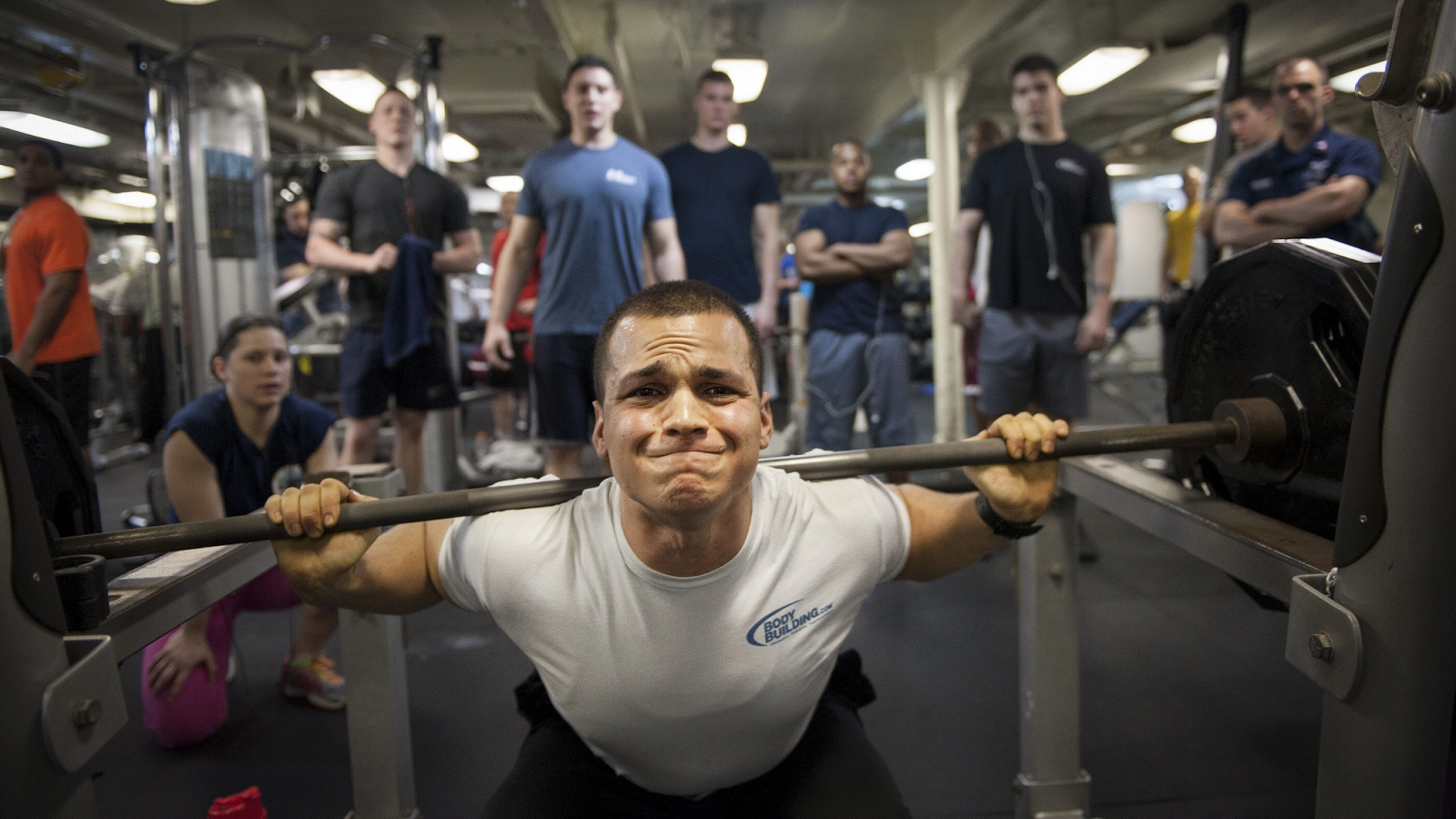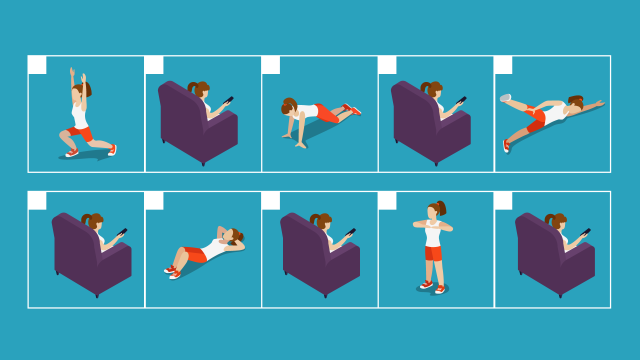Rest days are a standard part of exercise programs, but they’re not the only way to avoid overworking yourself. Let’s look at the difference between rest and recovery, and when you can bend the rules.
Illustration by Jim Cooke.
The Reason for Rest Days

Photo via VisualHunt
Most strength-focused programs like weightlifting either work your whole body and then skip the next day, or else they have you split up your workouts so that, for example, your arms get a rest on leg day. The idea is to let each muscle recover from a workout before you ask it to do the same thing again.
But not every activity works this way. Runners, for example, often run every day, and may only take one or two true rest days a week. But within that pattern, they will alternate days of hard running (like speedwork, hill running, or long runs) with easy runs that feel less challenging to the body.
Other sports may fall somewhere in between, but nobody expects to work every body part to exhaustion every day. Even when elite athletes do workouts every day that look killer to us, it’s because our “hard” is their “easy”. You can bet their coaches schedule in just enough of the easier workouts to keep the athlete’s progress on track with minimal risk of injury.
Rest days and splits help us to pace ourselves. Too much hard running, if you’re not used to it, sets you up for tendonitis and other overuse injuries. And too much exercise of any kind can lead to a syndrome called overtraining where your body may develop flu-like symptoms and disturbed sleep because it just can’t keep up with the demands you’re putting on it.
There’s Nothing Magic About Resting for One Day

Photo by Fanta Productions
Taking a single rest day after a hard workout isn’t the only way to keep yourself from overtraining. There are a few reasons it’s a good rule of thumb, though:
- Delayed-onset muscle soreness often takes two days to peak. If you did a too-hard workout on Monday, you might be feeling only a little bit sore on Tuesday and think you’re ok to work out some more. If you waited until Wednesday instead, you would have a better sense of how sore or injured you are. Then you would be able to make a better judgment call about whether, and how hard, to work out again.
- Resting every other day means only half of your days will be hard workouts. The other half will be rest days or easier days, so the schedule keeps your total workout intensity manageable.
- Mentally, it’s easier to stick to a workout when you enjoy it. Hard workouts aren’t always fun, and you may need to psych yourself up to try something really challenging. It’s ok if you don’t feel up to that every day. Having some easier, almost relaxing days can help you stick to your schedule.
If you can accomplish those goals with another schedule, though, feel free to do so. If you enjoy all your workouts, even the hard ones, slowly include more hard days in your schedule. If you feel ok with that, keep doing it! But if you end up sore or fatigued, listen to your body and put those rest days back in.
If soreness is your problem, be aware that skipping one day may not be the best way to deal with it. Soreness peaking at 48 hours is just an average, and the true timeframe can vary. Your muscles might only feel sore and weak for one day, or if you tried something new and difficult, you might feel it for a week. At the beginning of a new workout routine, you might even need three or four easy days.
Recovery Doesn’t Have to Mean Total Rest

Photo by Aurimus.
Some people prefer the term “recovery” to “rest” days, because total rest isn’t necessarily your goal. After all, lifting a fork to your mouth is a similar action to a bicep curl, so if you just did a heavy arm day, would you be unable to eat? Clearly, some amount of activity is fine on a rest or recovery day.
This is where you have to calibrate your own sense of effort. If you’re new to exercising and you just did a day of heavy squats, a five mile bike ride is probably not a great choice for the following day. But if you bike five miles to work every day, you should be able to keep doing that even on your “rest” days.
When I did push-ups every day for 30 days, a few people suggested that I was setting myself up for injury by not taking rest days. But as I wrote in that article, I ramped up my fitness very carefully. A few sets of pushups every day is my new normal, and it’s no more taxing to me than a bike ride is to a bike commuter. Some days I might try a more challenging type of pushup or I might do more reps than usual; but I balance out those harder days with, you guessed it, easier days that are closer to my baseline effort level.
As you learn your own strengths and limitations, you too can alter your workout schedule according to what works for you. That might mean you only take one or two rest days per week, or it might mean you do mega-hard workouts and then lay low for a few days. If you’re getting a reasonable amount of exercise in total, and if you aren’t getting sore or injured, you’re probably doing ok.

Comments
One response to “Do You Really Need A Rest Day After Exercise?”
That is the most hipstery photo in the history of the world. A fixie, dreadlocks, three dudes pointlessly standing on a street corner, a flat brim cap WITH labels still on…ANOTHER fixie…
Also hardly relevant to the article – I strongly doubt those hipsters are riding their bike as a “rest” day activity.